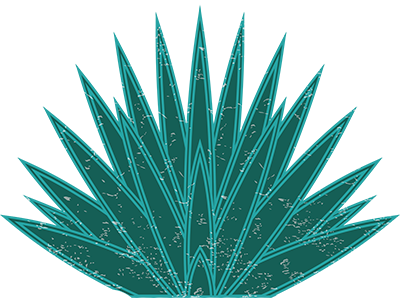Mezcal as Food, Beverage, & Heritage | Part 2
Did you know that extensive prehistoric landscapes of mescal fields underlie much of the Tucson Basin? Archaeologists Suzanne and Paul Fish have also documented that at least one (or perhaps two) species of agave were prehistorically cultivated by the Hohokam in the Tucson Basin. There, agaves covered tens of thousands of acres of desert landscapes, as they did from central Sonora to the south and the Grand Canyon to the north. Many of these agricultural landscapes still exhibit prehistorically constructed terraces, rock alignments, rock piles and roasting pits associated with mescal cultivation. However, remnant clones of the once cultivated agaves persist in just a few places. These prehistoric agave fields were not necessarily associated with the later agricultural traditions of the Tohono O’odham and Akimel O’odham, contemporary groups who apparently defeated or expelled their Hohokam predecessors from this desert region. Curiously, there is very little evidence, if any, that landscape-level agave cultivation persisted into historic times among any Sonoran Desert cultures, even though occasional harvesting of feral stands of once cultivated agaves may have occurred in a few areas. And yet, agaves remain part of the heritage of many cultures in our region. Stay tuned to learn more of this fascinating history!
— Gary Nabhan, Bill Steen & Wendy Hodgson
